LINE ID japanroyalservice
+817013781777 click here
+817013781777 click here
LINE ID japanroyalservice
+817013781777 click here
+817013781777 click here
Soba, made from buckwheat flour, is a cornerstone of Japanese cuisine with a history that spans centuries. These thin, nutty-flavored noodles are enjoyed in various forms across Japan—cold with a dipping sauce during hot summer months, or in a warm, comforting broth during winter. Soba is not only delicious but also healthy, rich in nutrients, and easy to digest.
Soba holds a special place in Japanese culture, often eaten during New Year’s Eve to symbolize longevity and good fortune. The noodles are also valued for their health benefits, being gluten-free (depending on the recipe) and packed with protein, fiber, and essential amino acids. This makes soba a popular choice among health-conscious diners.
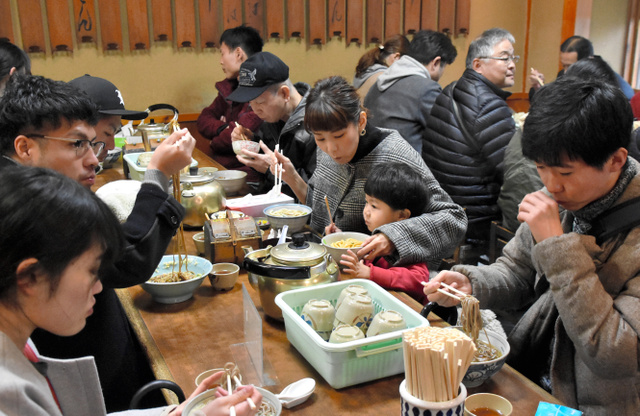
People are eating toshikoshi-soba at a restaurant. (link)
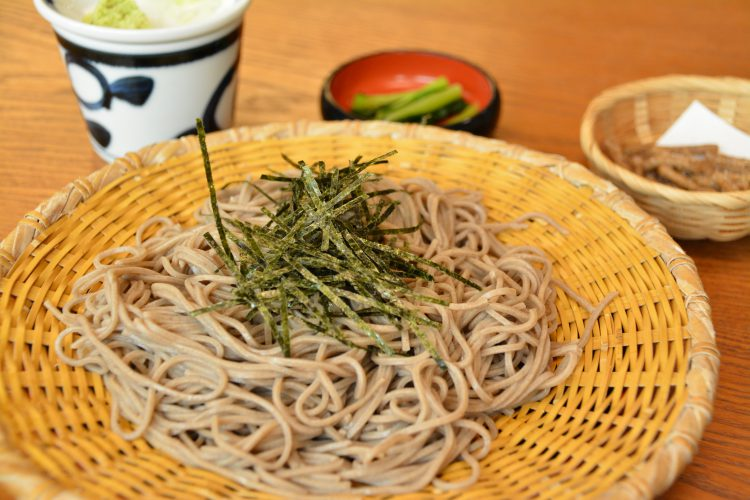
Cold soba served on a bamboo tray with a dipping sauce

Hot soba served in a light broth

Soba served with crispy tempura, offering a perfect blend of textures
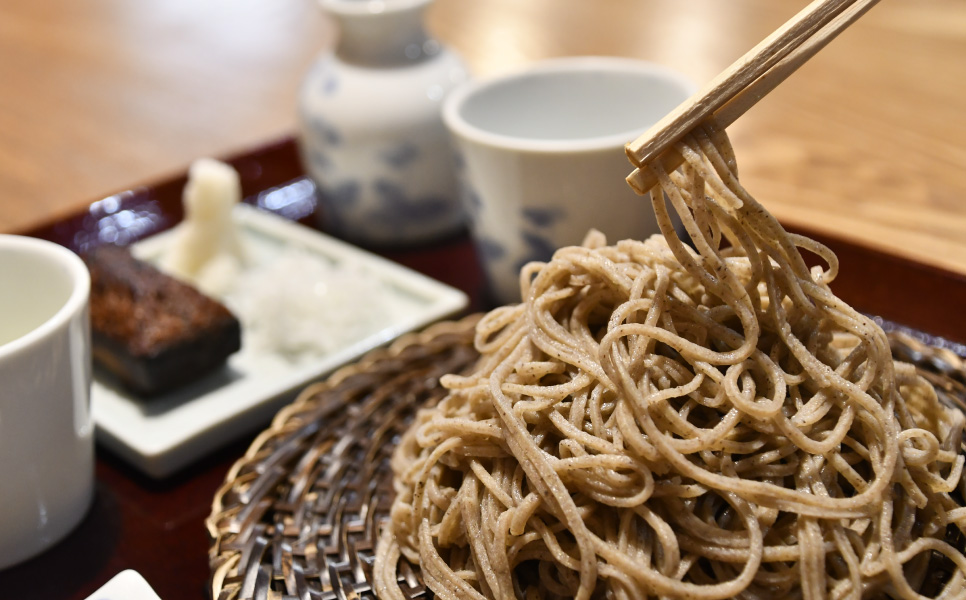
Shinshu soba is renowned for its light, delicate flavor and firm texture, made from buckwheat grown in the mountainous regions of Nagano. The area’s pure water sources contribute to the noodle’s quality, making it a favorite among soba enthusiasts.

Izumo soba is darker and richer, made with buckwheat that includes the husk, giving it a robust flavor and a slightly coarser texture. It’s typically served with a strong dipping sauce or broth.
Photo: Kenjosoba Haneya

Nishin soba is a Kyoto specialty, featuring soba noodles topped with nishin (herring) that has been simmered in a sweet-savory soy sauce mixture. The combination of the savory herring and the delicate noodles is a beloved winter dish.
Photo: Matsuba
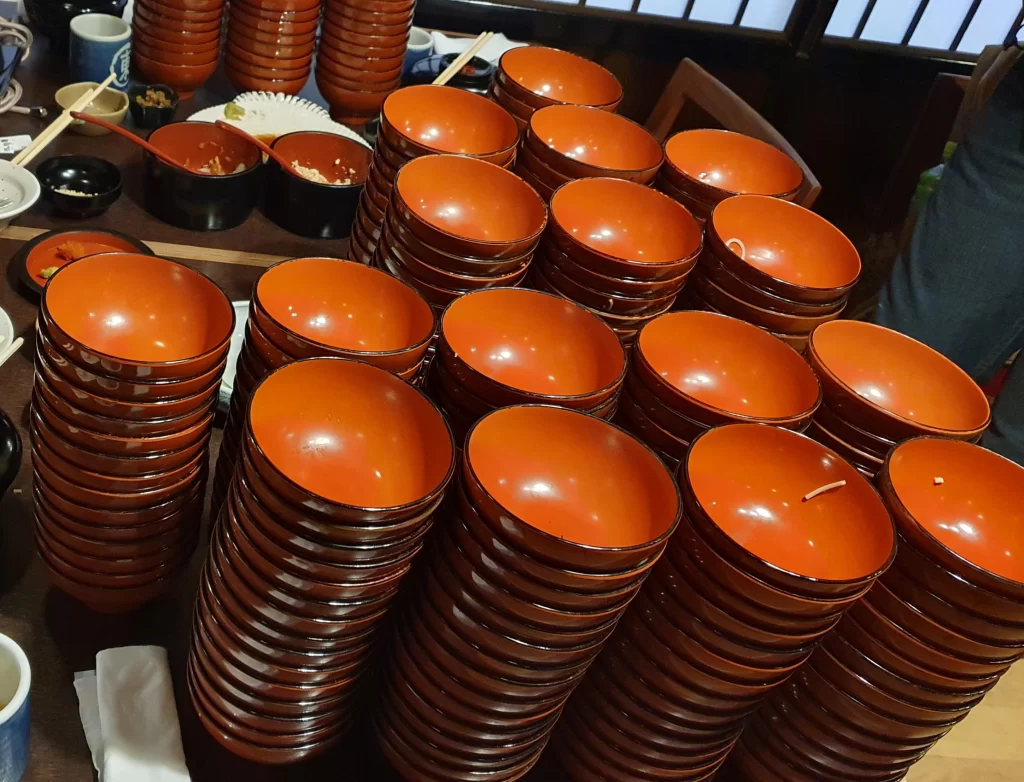
Wanko soba is a fun, interactive dining experience where small bowls of soba are served continuously until the diner is full. It’s a lively tradition in Iwate Prefecture, often accompanied by cheering from the servers.
Photo: Azumaya
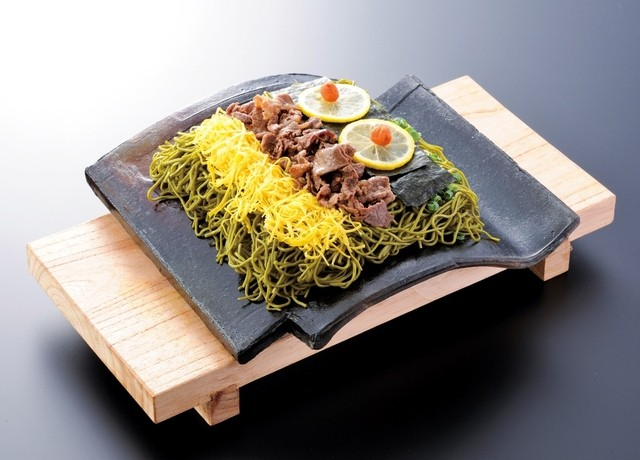
Kawara soba is a unique dish where green tea-infused soba noodles are served on a hot tile (kawara), topped with ingredients like beef, egg, and seaweed. The noodles are slightly crispy due to the heated tile, creating a distinct texture.
Photo: Kawarasoba Takase
When eating soba, it’s customary to slurp the noodles—this not only enhances the flavors but also shows appreciation for the chef. After finishing your noodles, don’t forget to ask for sobayu, the hot water used to boil the soba, which can be mixed with the leftover dipping sauce for a flavorful finish to your meal.
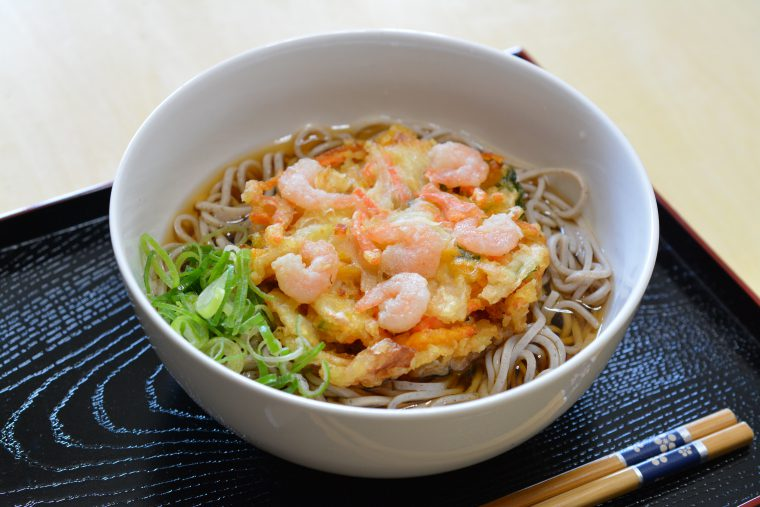
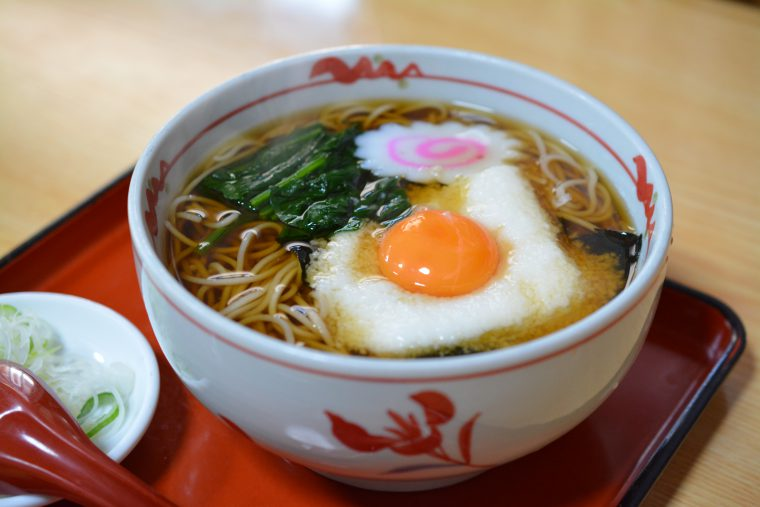

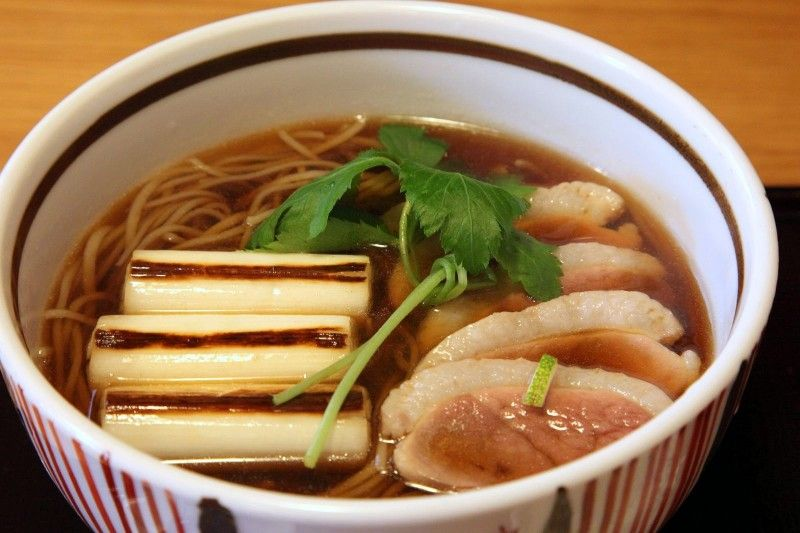
Ready to dive into the world of soba?
Japan Royal Service can guide you to the best soba experiences across Japan, from bustling city shops to serene countryside eateries, ensuring an authentic and unforgettable culinary journey.
Contact us today to create your unforgettable journey!